How to keep cities cool during heatwaves

Cities tend to get hotter than the countryside when a heatwave hits. What can be done about these urban heat traps? How can hot summers be made more tolerable for city-dwellers? SWI swissinfo.ch asked an expert at the federal technology institute ETH Zurich.
Over 40°C in Barcelona, 42°C in Bucharest and peaks of 43°C in Foggia, in the south of Italy: the heatwave that descended on parts of Europe between the end of July and early August drove temperatures beyond averages experienced in the past. The heatwave also affected parts of Switzerland. The city of Lugano, in canton Ticino, experienced the longest period of heat in the past 160 years, according to MeteoSwissExternal link.
Heat gets particularly intense in cities. Asphalt and concrete just soak up the sun. They get overheated, and then retain the daytime heat after sundown. Furthermore, heat produced by vehicles and industrial actvity, together with the lack of green spaces and lack of ventilation, all contribute to the formation of urban “heat islands”.
“Often people are not aware that the outside environment has an effect on temperatures inside buildings”
Jan Carmeliet, professor of building physics at the federal technology institute ETH Zurich
As a result, the city may experience temperatures several degrees higher than the surrounding countryside. The difference can be more noticeable at night, since cities cool down more slowly than rural areas. In major Swiss towns, night-time temperatures may be 5 to 7°C higherExternal link than in the countryside nearby.
Extreme heat is not just bothersome. It can cause heat exhaustion and accentuate existing medical conditions such as cardiovascular disease. In one day of high heat in the heat islands of Swiss cities, 26% more people die than in cooler environments, says a recent studyExternal link. Heat islands also have financial consequences. Healthcare costs associated with the phenomenon in EuropeExternal link are comparable to the costs of atmospheric pollution.
Last year, 47,690 people in Europe died as a result of extreme heat, according to a study published in Nature Medicine. This is the second highest figure since measurements began in 2015 (deaths in 2022 were 61,672).
In Switzerland, according to the study, the rate was 34 deaths per million inhabitants, for a total figure of 294 deaths. For the Federal Office for the Environment, which used a different method of estimation, the deaths attributed to heat were 542.
According to the study, the heat adaptation systems put in place in recent years have had an important effect. Without these, the mortality rate would have been 80% higher and some 80,000 deaths would have occurred.
This box was added on August 13, 2024.
Yet there is no one miracle solution to solve the problem of extreme heat in cities, cautions Jan CarmelietExternal link, a professor of building physics at the federal technology institute ETH Zurich. He is an expert on urban climate and heatwaves. “There are approaches to deal with them,” he says.
SWI swissinfo.ch: You work in Zurich, which is Switzerland’s largest city. How do you deal with urban heat?
Jan Carmeliet: My office is in a new building with plenty of glass in it. It has a southern exposure, and despite it having shading devices, it gets too hot in times of high heat. When that happens, I work from home. Often people are not aware that the outside environment has an effect on temperatures inside buildings. For example, having trees around a building can bring down the temperature inside.
SWI: Asphalt, concrete and other modern building materials preserve heat. What alternatives are there? How can we design buildings and lay out streets that curb the effects of heat islands?
J.C.: Asphalt stops water from seeping into the earth. One alternative would be types of paving that are porous and permeable. Rain water can be collected, and when it evaporates that brings down the ambient temperature. These paving approaches are right for pedestrian areas, but not for high-traffic thoroughfares. Finding a substitute for concrete in the city is a more difficult matter. Having vegetation growing on façades and roofs has a positive impact on the urban microclimate and indeed on biodiversity.
SWI: Roofs painted white or covered in reflective material are better at cooling the city compared with green roofs and street-level vegetation, says a recent studyExternal link carried out in London. So should we be covering our cities in white paint?
J.C.: White roofs are a good solution, because they also reduce the need for cooling buildings internally. However, to have a real effect on the whole urban climate, about half of all roofs would need to be white. This is hard to do in a place like Zurich, where there are many historic buildings. But I would like to see white roofing in industrial zones and on big supermarkets.
SWI: What about streets and roads? In 2018, Los Angeles was the first city to start painting roads white. Projects of that kindExternal link in Switzerland have also shown that the temperature of road surfaces can be lowered that way.
J.C.: Fresh asphalt is black, so it absorbs the sun’s rays and stores heat. Over time it gets greyish, so it absorbs less heat. In the end, it’s really not that bad. Painting all streets and roads white wouldn’t be the thing to do because of the glare factor. On a sunny day, drivers are likely to be blinded by white surfaces. There’s an aesthetic aspect to this too: white shows the dirt, and people don’t like to see dirty roads and streets.

SWI: Many cities around the world, and here in Switzerland, are planting trees and creating green spaces in public areas. Would planting trees be enough to counter these urban heat islands?
J.C.: Trees give shade, and they also provide local cooling. They can lower the felt temperature by 6°CExternal link. The impact really depends on the type of trees, their size and age. The most effective are large, deciduous ones that grow a fairly dense canopy of leaves and have extensive roots.
However, trees can also have the opposite effect. They can obstruct air currents and limit the dissipation of heat during the night, just at the time when our bodies are needing to recover from the heat of the day. Planting trees can bring benefits to one district, but maintain uncomfortable temperatures in neighbouring areas.
People in charge of urban planning need to be thinking about the particular environment where a tree is to be planted. Large trees in ventilation corridors, like in the middle of a city boulevard, need to be avoided. General climate conditions are important too: in cities with a warm, humid climate, trees are of less use for cooling.
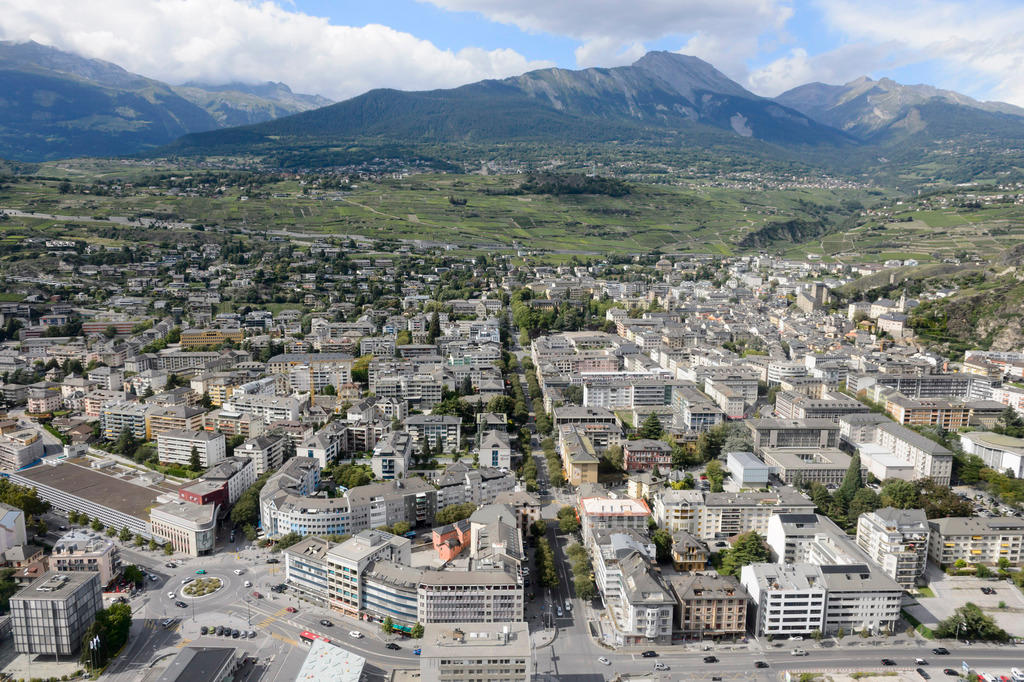
More
When a tree is worth more than air conditioning
SWI: Let’s talk about what’s happening here in Switzerland. In the summertime, the Europa-Allee, one of the newest residential quarters in Zurich, becomes like an oven. The planners clearly overlooked the problem of heatwaveExternal links. Is this an isolated case, or are Swiss cities not doing enough to combat their heat islands?
J.C.: I don’t know what happened in that particular case. But there are certainly plenty of mistakes still being made. Around the Prime Tower [in downtown Zurich and now the second-highest building in Switzerland], there’s too much asphalt. They didn’t think about the surrounding environment. Yet both here in Zurich and in other Swiss cities, I see a growing willingness to act. Awareness is growing, and I would say that we are going in the right direction, even if we are going too slowly.
We have developed models that can simulate the urban climate in summer, including several heatwaves, with a resolution of ten centimetres. Municipalities can make use of these simulations to assess the comfort level of a particular city quarter in terms of temperature and take steps to protect it from heat. These models need big data, it must be said.
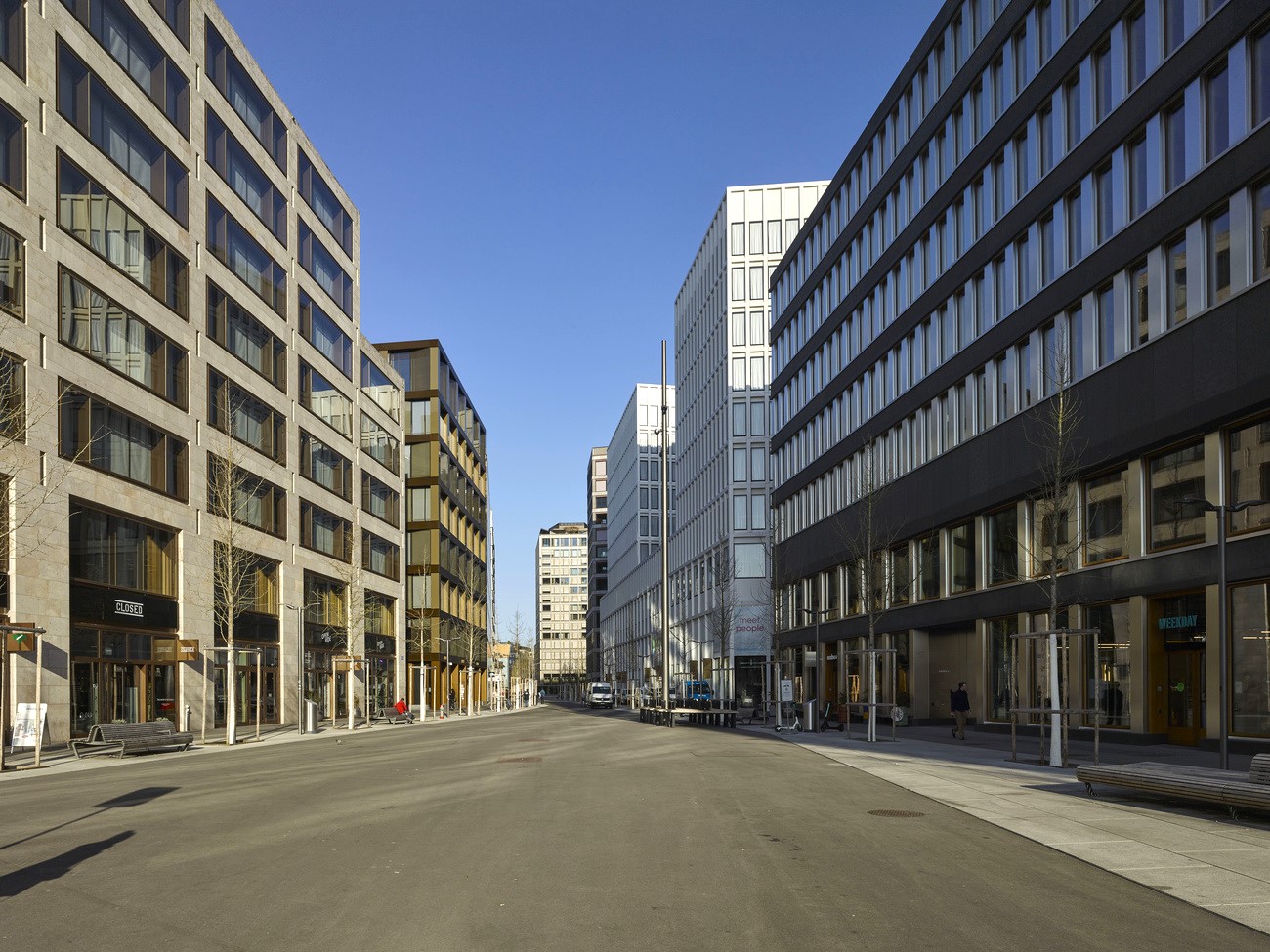
SWI: Average temperatures in Switzerland could increase by more than four degrees by the end of the century, which is above global trends. How should cities adapt?
J.C.: First of all they need to tackle the heat islands. There are all sorts of options. Trees, porous street surfaces and ventilation corridors throughout the city are good ways to regulate heat, if they’re done the right way. It is important to have streets or green connector zones where people can walk and enjoy favourable climate conditions. On the other hand, wide streets with no trees can easily become hot air corridors unsuitable for pedestrians.
Cities also need to work out adaptive strategies. Adapting to the heat means a complete approach to planning the response to high temperatures, monitoring heatwaves and educating the public as to how they should behave at these times.
SWI: Should we in Switzerland also set up “cooling centres” where members of the public can take refuge from the extreme heat for several hours at a time?
J.C.: Swiss cities are not all that densely built, but cooling centres could be quite useful, especially for the elderly or other people particularly vulnerable to excessive heat. Local governments could have air-conditioned spaces ready in community recreation centres, for example. Clearly they need to be easily accessible [to those who need them], and to this extent Switzerland can rely on a well-developed system of air-conditioned public transport.

SWI: Which cities in the world are the pioneers that municipalities in Switzerland could use as models?
J.C.: From Vienna and Montreal to Singapore and Sydney, many cities are being proactive. But there is not a single set of solutions that everyone could imitate when dealing with urban overheating. What works in one place might not be so effective somewhere else.
Where should trees be planted? What façades should be covered with greenery? Where should buildings be built higher? Governments, working with research institutes, town planning offices, and the public at large should find the right combination of compensatory actions. Every city needs to find its own solution.
This approach – above all coupled with combating climate change by reducing greenhouse gases – will enable us to bring down temperatures in cities and make them more livable.
Edited by Sabrina Weiss/Adapted from Italian by Terence MacNamee/gw

In compliance with the JTI standards
More: SWI swissinfo.ch certified by the Journalism Trust Initiative









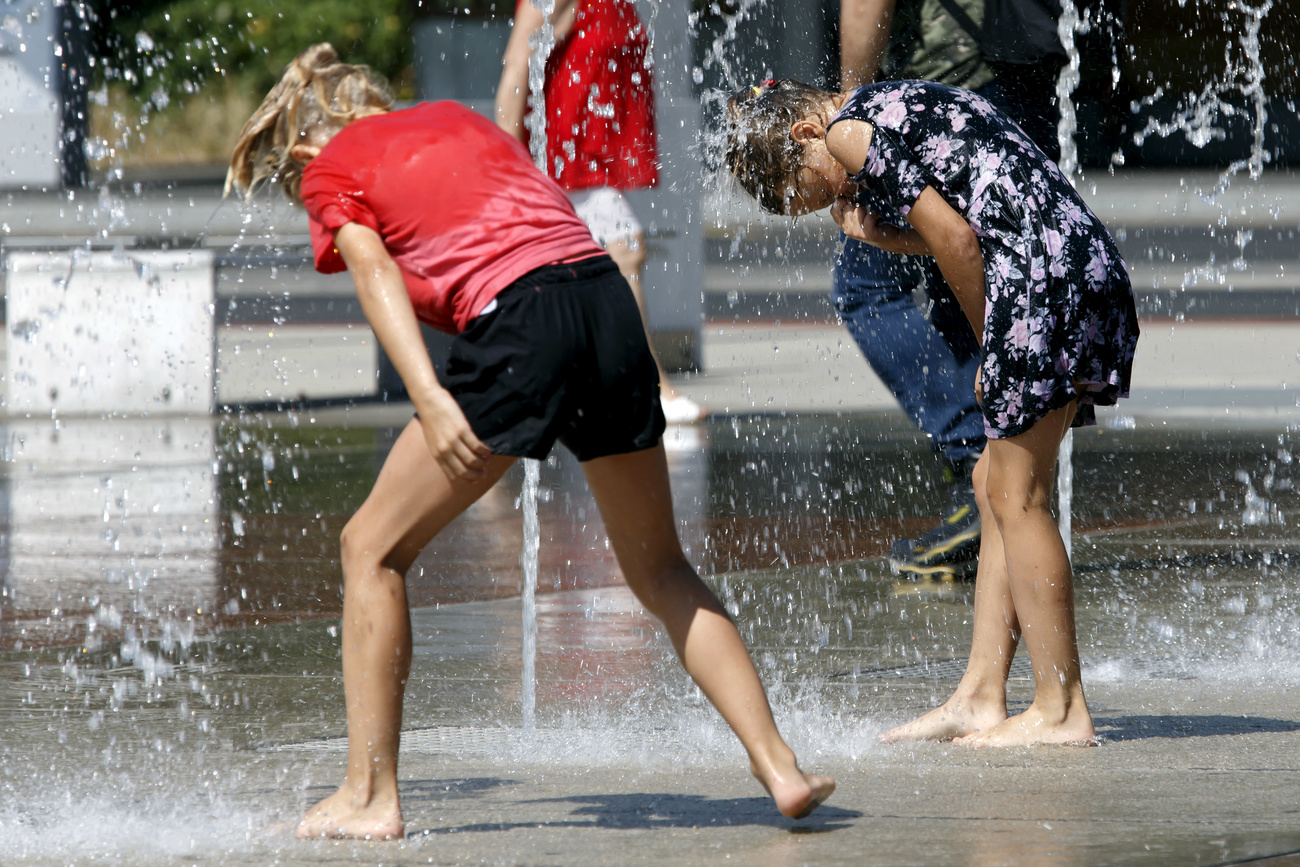
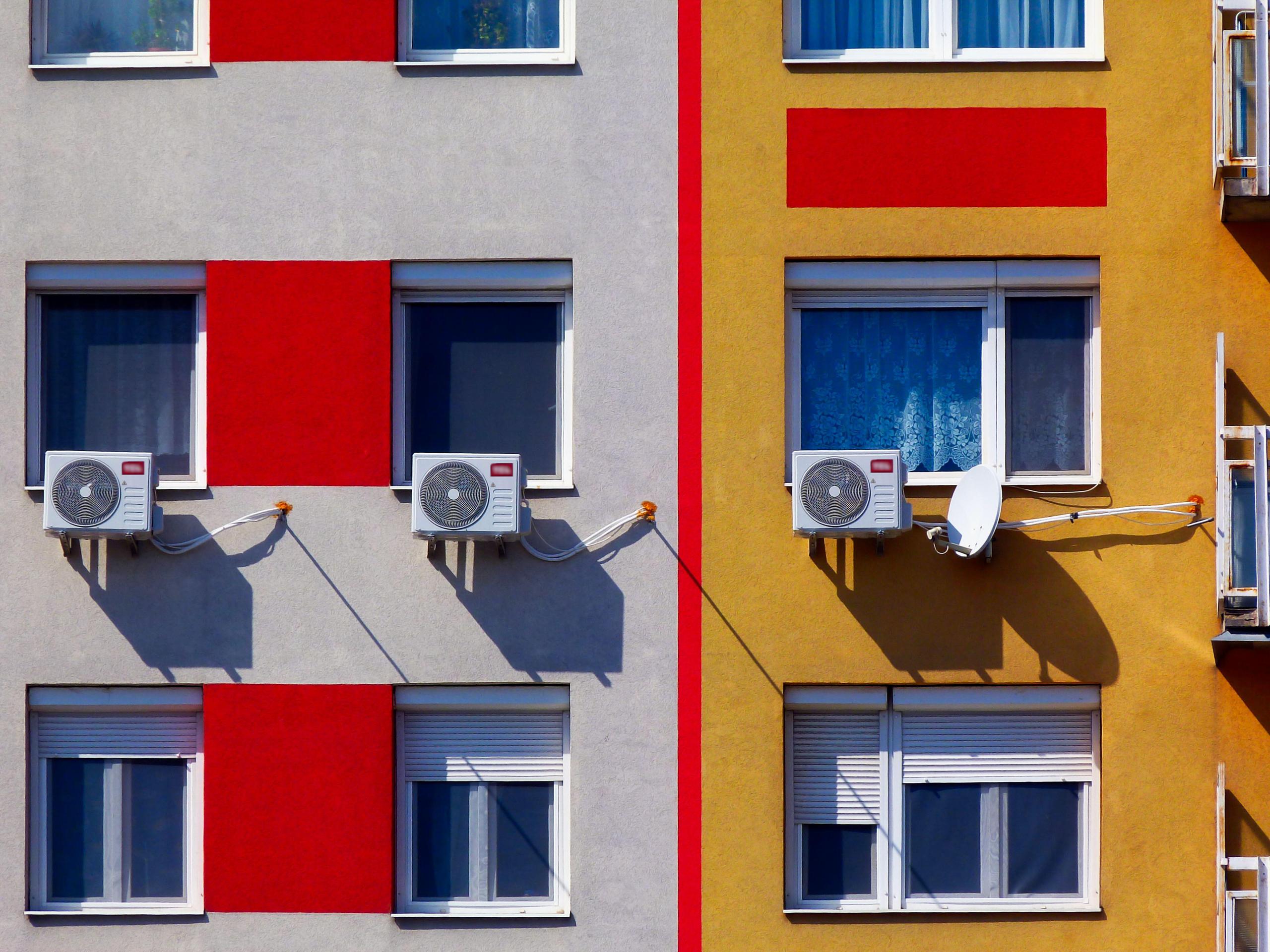
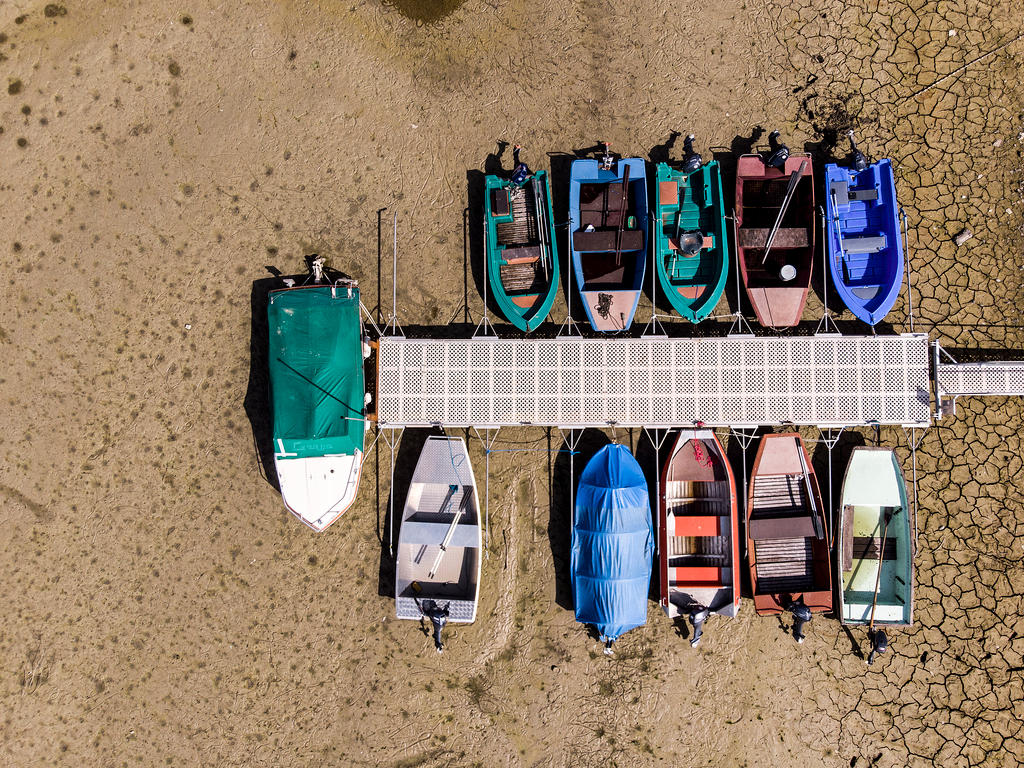
You can find an overview of ongoing debates with our journalists here . Please join us!
If you want to start a conversation about a topic raised in this article or want to report factual errors, email us at english@swissinfo.ch.